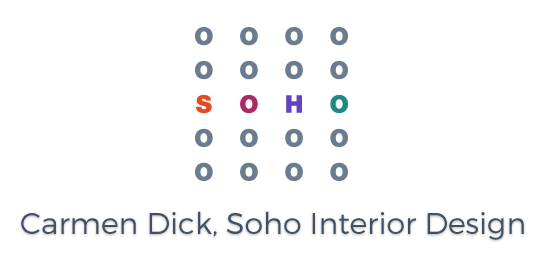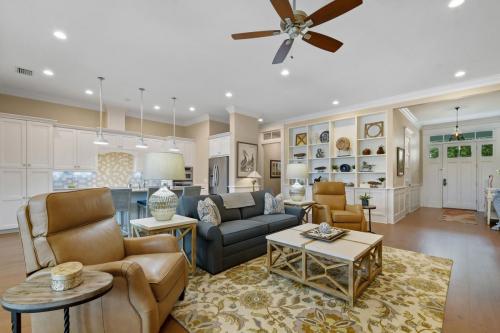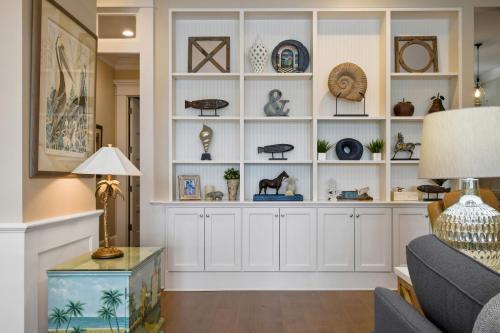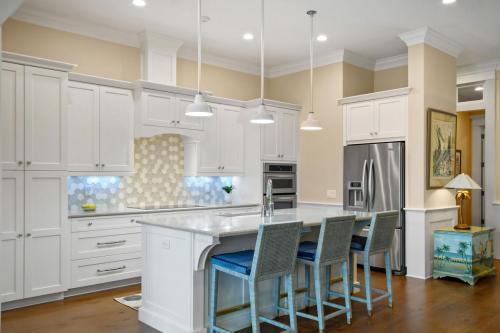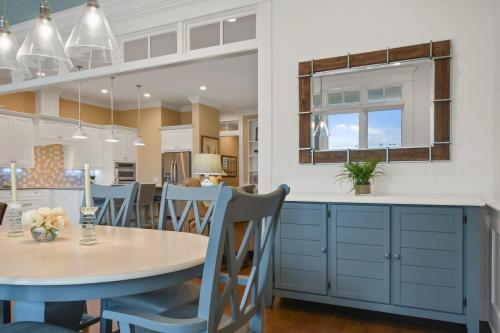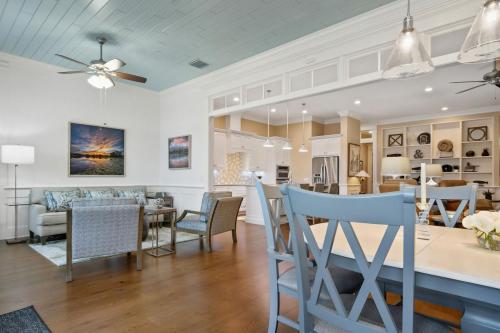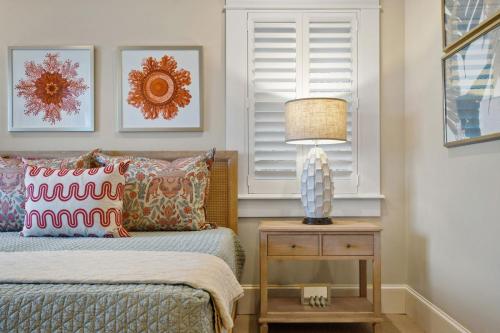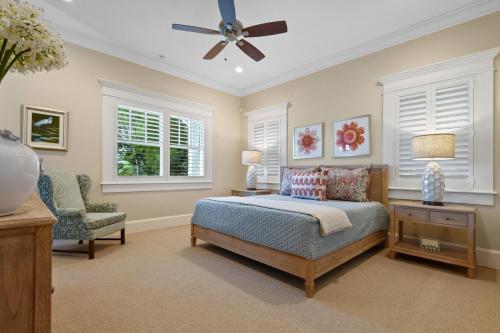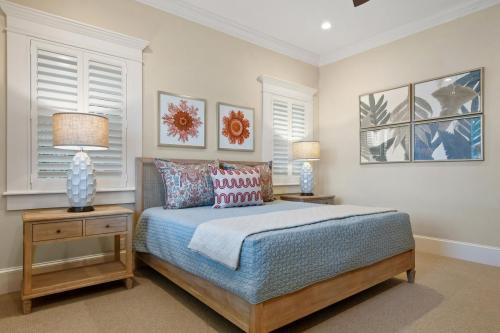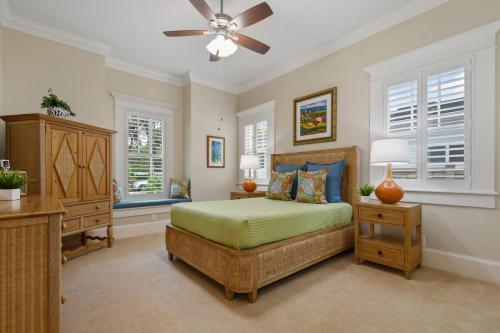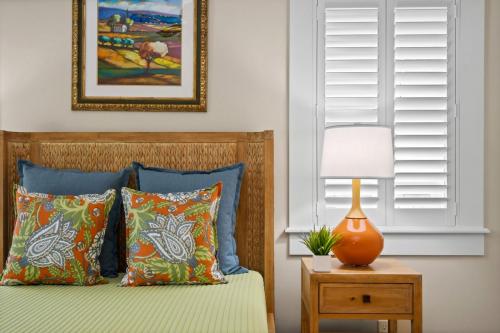Find out how this versatile outdoor element can serve as both a design feature and an outdoor problem-solver
A landscape screen is more than a practical problem-solver. With the right materials and design, it becomes an eye-catching focal point in your landscape. It also gives you a chance to experiment with different looks without a landscape overhaul. Read on to learn more about how to use a landscape screen and the numerous choices you have for design and materials.
The Purpose of a Landscape Screen
Landscape screens can be highly practical, simply decorative, or, ideally, a blend of the two. Because they’re generally a smaller element in your landscape, screens allow for plenty of flexibility in terms of looks and size. You may find that a single screen or a set of screens will serve several purposes at once.
Provide privacy. One of the most popular uses for landscape screens is to shield your property and people from passersby and neighbors, especially in front or side yards, dining areas or pools, hot tubs or spas, and outdoor showers. To soften the look, use a more open design that might allow glimpses in and out of the yard.
![]()
Block a view. A screen can also block a less than ideal view. Place one or more where they can hide anything from an adjoining deck, nearby building or road, or an unattractive eyesore. You can also add a screen to your own landscape to hide a storage area or where you stash your trash and recycling bins.
![]()
Temper the elements. Sometimes the issue is not neighbors but rather Mother Nature. The right landscape screen can mitigate the wind and sun, allowing you to enjoy your outdoor space more often. If you want to block the wind but preserve the view, consider adding a screen that’s made of clear glass.
![]()
Define a space. A landscape screen will add some definition within your landscape. It can help you define different areas within a yard, creating the feeling of a garden room or a set of rooms. “It acts as an outdoor wall,” says fencing and screen expert Deanne Clough of Clough Construction in San Rafael, California.
![]()
You don’t need to screen in the entire space to create the intended effect. Instead, add one panel to one side of a pergola, along a deck railing, or behind a spa or fountain.
Add interest. The right landscape screen can also boost your landscape’s design. Here’s a chance to turn a boring spot into a focal point. It’s also your chance to add some drama to your landscape. “Something playful will stand out,” Clough says.
![]()
Grow a vertical garden. A landscape screen is a perfect backdrop for plants of all kinds, from rows of succulents in small points to a vining masterpiece to a living wall. Just be sure the material you choose can handle the weight and the moisture of the plants themselves.
![]()
Large plants growing in pots can give you the look of a vertical garden as well. If you’re willing to wait a while, many shrubs, bushes, and trees can easily reach 4 feet or more to give you a living screen.
![]()
Finding Your Screen Style
![]()
Taking a cue from other hardscape elements, especially fences and gates, will create a cohesive feel throughout your landscape. You can also go the opposite route and add an unexpected look or contrasting material to highlight a part of your landscape and create a focal point.
![]()
Screen Material Options
![]()
Almost any material can be turned into a screen. Wood and metal may be the first things to come to mind, but take the time to explore other options, from vinyl to bamboo and glass.
Wood and wood composite. Wood is sturdy, easy to install, adapts to almost any design or style, and can be left natural, stained, or painted. Wood is also one of the least expensive fencing materials, especially if you choose a wood that is native to or grows easily in your area.
![]()
Redwood and cedar are naturally rot-resistant but are also higher in cost. Southern pine, spruce, and fir are other popular wood options, but you’ll need to check if they require some sort of treatment for use, especially for posts. Treated wood, especially pressure-treated wood, isn’t available in some areas. Look for sustainably harvested wood for any choice.
Wood composites are made from a variety of materials, including recycled plastic. They are more durable, rot-resistant, and long-lasting than wood. They also hold up to extreme heat and cold and hard wear better than vinyl. Color options that closely mimic wood are becoming more available, and they can also be painted. Care consists of periodically hosing the boards down.
A wood screen will require regular maintenance, which can include sanding and sealing, re-staining, or repainting. It can also expand or warp over the years, especially if left natural. Expect a wood screen to last at least 10 years, likely longer with regular upkeep, but you will need to replace it eventually.
![]()
Wood composite is more expensive than wood at the onset. It also can fade over the years. You may need to replace a wood composite screen every 25 years or so.
Metal. Aluminum and steel are compatible with almost any design style, whether traditional, rustic, or modern. Weathering steel will give you an immediate rusted touch. You can also look at other metal options, including corrugated galvanized iron and rebar, which fit in well with rustic, natural, and modern garden styles. All can be shaped or cut to work with your design.
![]()
Corrugated galvanized iron and rebar are the least expensive metal options. Both aluminum and stainless steel are more expensive than wood, falling in the midrange for prices. Weathering steel is your most expensive option. The costs will vary depending on the design and how you’re using the material.
Metal screens are long-lasting and won’t fade over time. They’re also a good choice for those living in cold climates, as they can handle temperature extremes.
![]()
Aluminum is lightweight and rust-resistant but not as sturdy as stainless steel. Steel, including stainless steel, is a stronger material than aluminum. Steel can rust and stainless steel can also rust if chipped. It may need regular polishing if you’re looking for a brighter feel. It is also very heavy.
Bamboo. Harvested bamboo is gaining popularity as a landscape material. It is a fast-growing plant, which makes it an eco-friendly material, but you need to be sure that the bamboo you’re choosing is sustainably grown.
![]()
Bamboo’s density and thickness allow it to stand up to moisture much more readily than wood. It gives a landscape a rustic, natural, or Asian feel. Adding a wood frame around the bamboo will give it a finished look. Bamboo stands up well to heat and snow and can be cleaned with water.
Bamboo can be stained or left natural, although it will fade with time and you’ll need to renew the stain. Bamboo can dent, chip, crack or split, so periodic repairs may be needed.
Bamboo is more expensive than many other materials. Expect a bamboo gate in a frame to last at least 20 years, although a natural-look installation may show signs of wear sooner.
Glass. Glass is a stunning and versatile choice for a landscape screen, lending a contemporary or modern look.
Glass is an excellent medium for etching or for mixing and matching different colors. Choosing translucent glass will offer some privacy while still allowing light into your yard.
![]()
You’ll likely need to clean both sides of the glass at least as often as you’d clean windows in your home. The glass can also mar and scratch. It can also be expensive, depending on the size and look you want.
Concrete. Concrete is a strong, durable, low-maintenance material. Color choices and finished, from smooth to textured, are almost unlimited. It can blend well with almost any landscape and architectural style and creates a great wind barrier.
![]()
Poured concrete used as a screen probably will be more expensive than wood or metal due to labor costs, but it will also last far longer, up to 50 years with sealing and maintenance. Although concrete is used in many regions, particularly for retaining walls, it will do best in a mild to moderate climate. Always work with an experienced concrete professional who will be able to advise you on best practices for using concrete in your region.
Concrete is both heavy and permanent. Once it’s in place, it will take considerable effort to remove it. It also can erode unless waterproofed and sealed regularly. Keep an eye out for chips and cracks.
Vinyl and PVC. Vinyl is more expensive upfront than wood, but it also lasts longer. It’s a good choice for warm yet damp climates. It doesn’t warp, rot or shrink, is immune to insects, and doesn’t need to be painted.
Vinyl is very low-maintenance, only requiring periodic hosing off and occasionally scrubbing stubborn grime with a diluted dish soap mixture. Expect a vinyl screen to last 30 years or more.
![]()
Vinyl traditionally has had a fairly limited color palette, but more color options are becoming available, including ones that mimic wood tones. It also is more limited in terms of design. Repairs can be difficult and vinyl can be damaged when exposed to extreme elements.
PVC looks similar to vinyl and costs about the same price, but it isn’t as durable and won’t last as long.
Plants. Plants have functioned as living landscape screens since time immemorial. They blend into the landscape and provide a beautiful screen on both sides. You can include them as part of your overall landscape or set them apart in planters or pots.
![]()
Shrubs, bushes, grasses, trees, and vines are all good choices for living screens. For a dense screen, choose plants with foliage that starts at the ground level and are, ideally, evergreen. If you want a more open feel, you can use deciduous plants. Plants with barbs or thorns can provide an added bit of security. Vines will need some sort of support structure.
Check with local nurseries or landscape designers to determine which plants will grow well in your area and will fit your needs.
![]()
Plants are living entities, which means you’ll need to give them continual care, especially when they’re first planted. This will include not only providing sufficient water but also doing pruning and cleanup. Plants are also subject to pests, diseases, and death. If you choose smaller options, it may take time, even years, before they reach their final height.
Caution: Live bamboo is lovely but a true garden thug, taking over whenever it gets the opportunity. Clumping bamboo is less invasive, but you will still need to use a barrier to contain it.
Other Considerations for Adding a Screen
Permitting and codes. Every locality is different, so you or your contractor or landscape designer will need to check with your local building department to find out what’s required for your project, including setbacks, materials, and permits. “We always apply for a permit, as screens typically fall under the category of fences in village codes,” Algozzini says. You should also check with your homeowner’s association, if you have one, for what is permitted.
![]()
How long it will take. The biggest factor affecting the timeline of adding a screen will be the fabrication time, whether it’s pre-made, fabricated on the site, or elsewhere. Once the screen is ready to site, the installation will usually be pretty fast.
If adding a landscape screen is something you’d like to explore, please let me know and I can help you determine what approach would make the most sense for your outdoor space, and what you’d like to achieve. You can message me here, right below this blog post, or click this “contact” link, or you can also email me at: carmen@sohointeriordesign.com And, of course, you can always call me anytime at (407) 743-2399.
Let’s connect and discuss your vision!
Choose one of the 3 easy options: schedule a call with me, call me right now, or if you’re just browsing, let me email you my newsletter.
